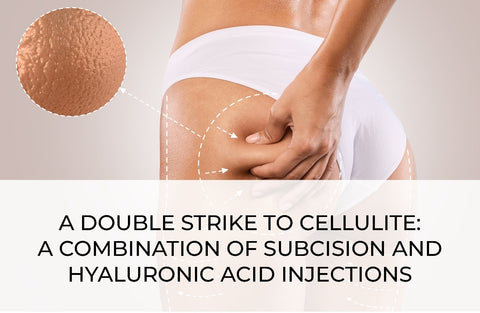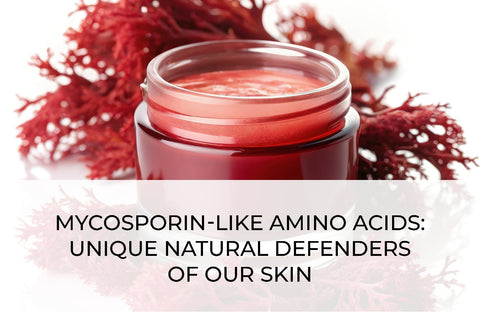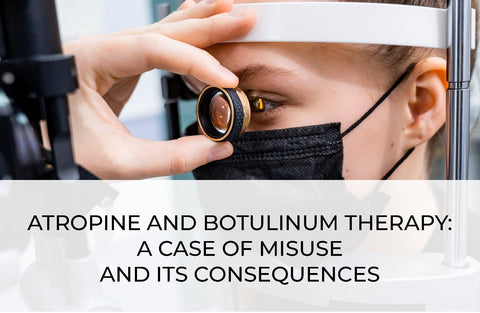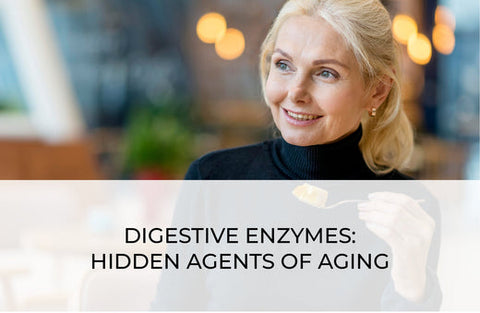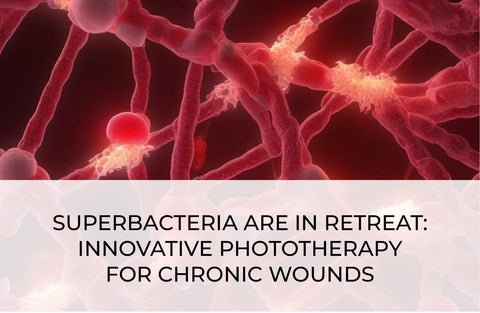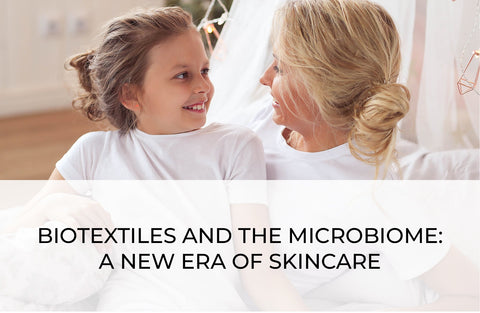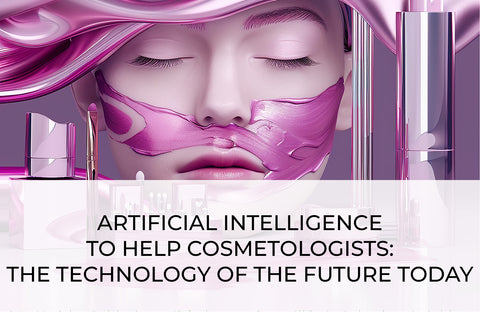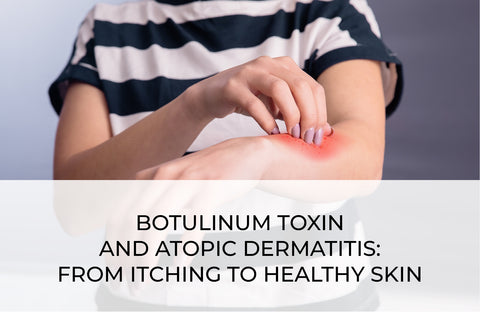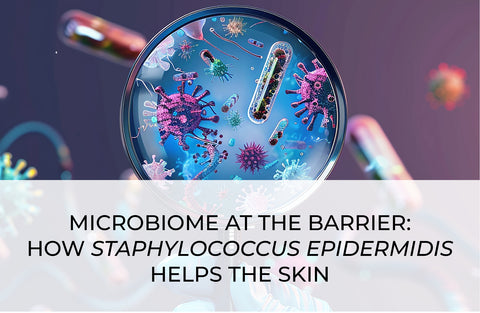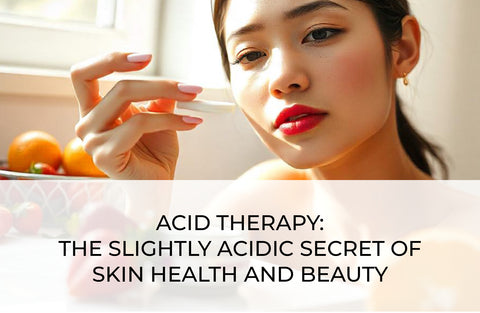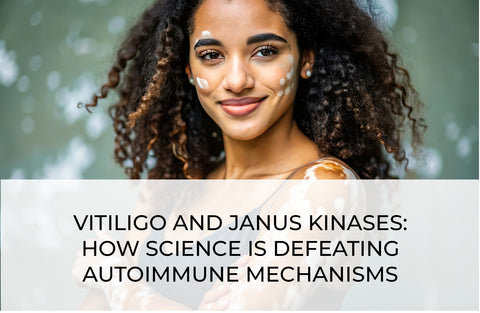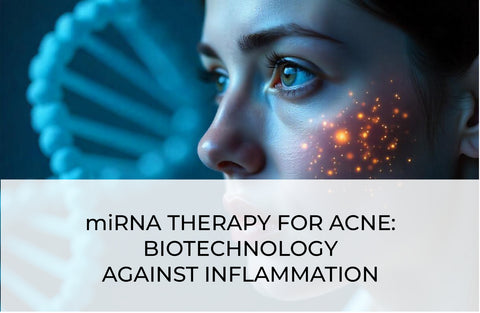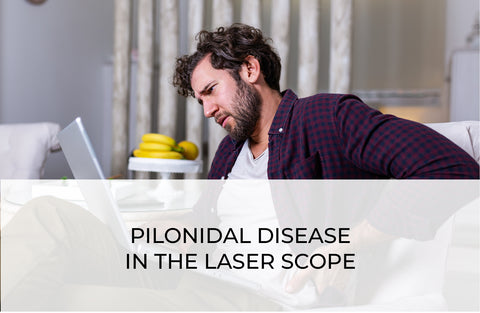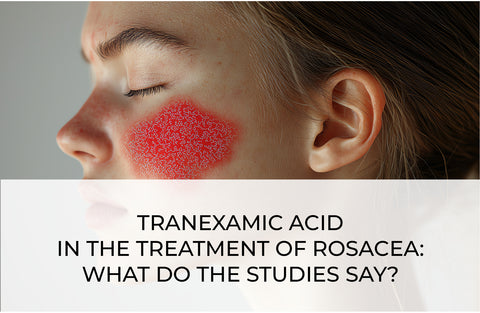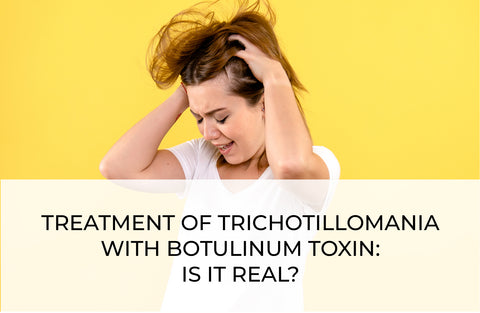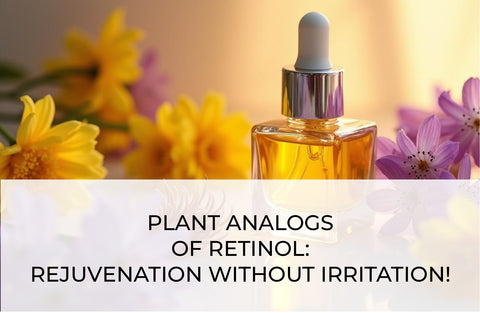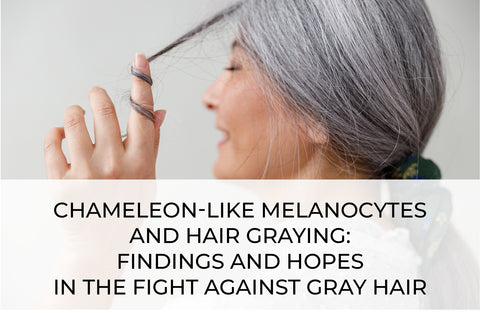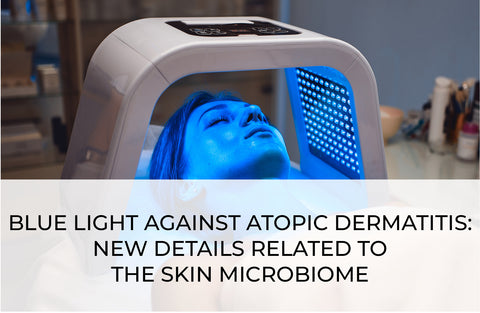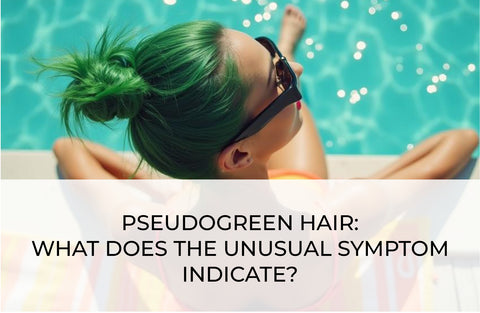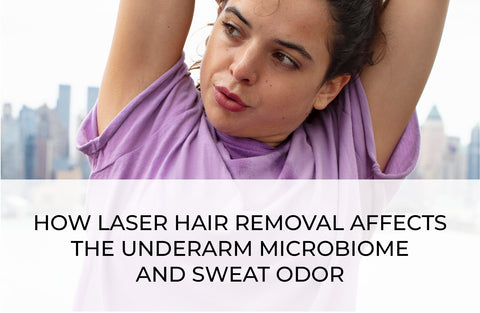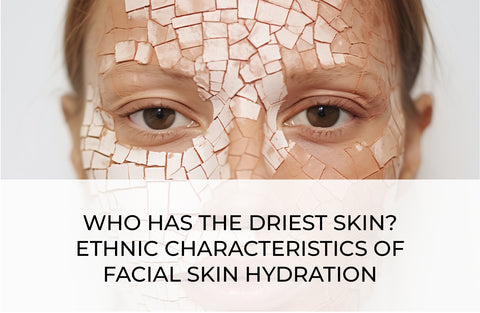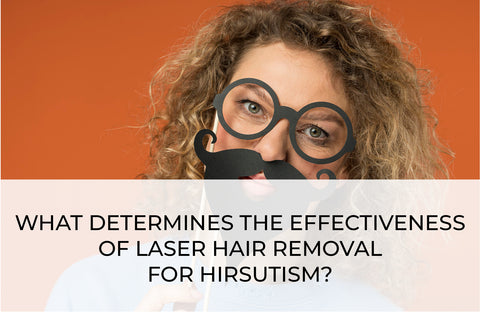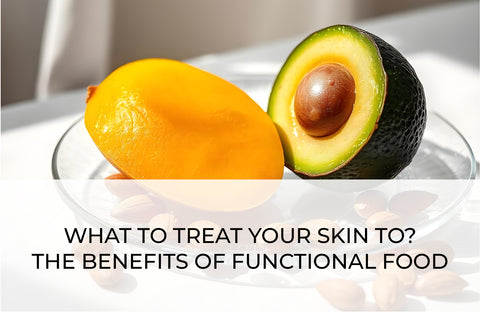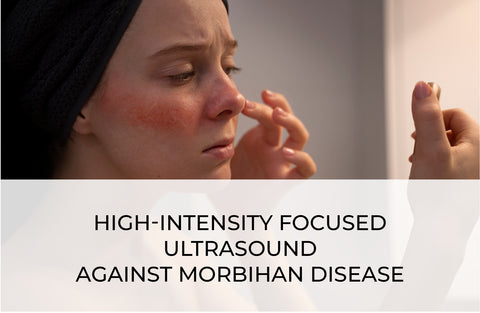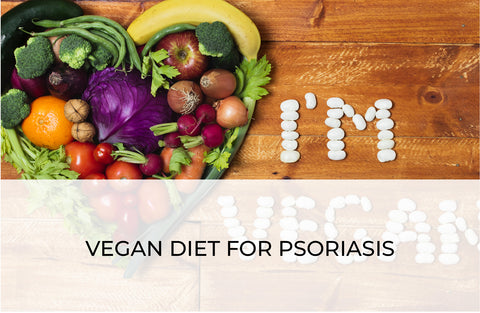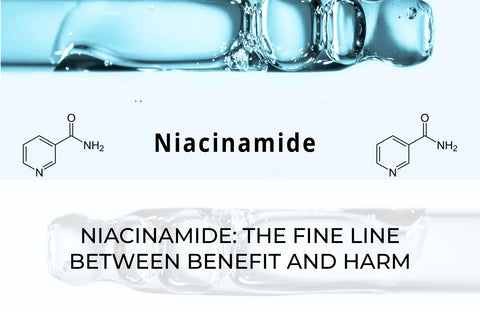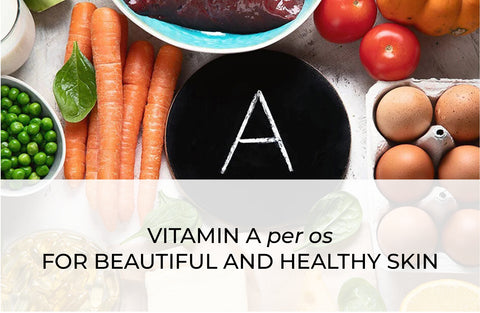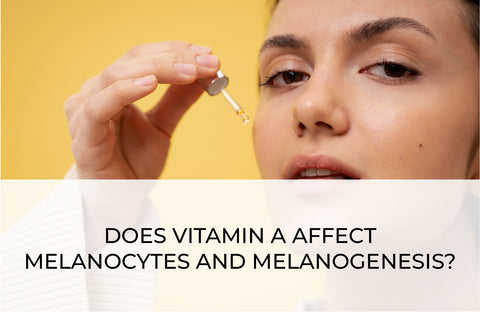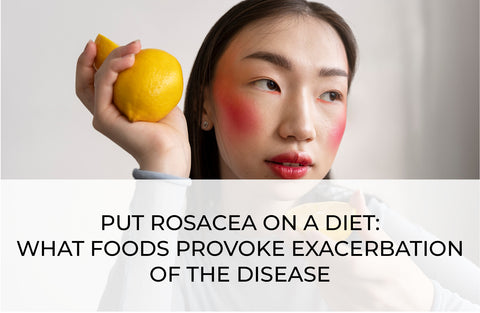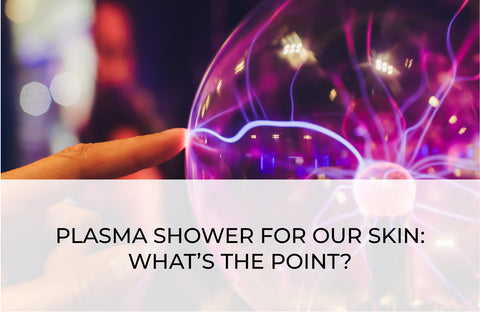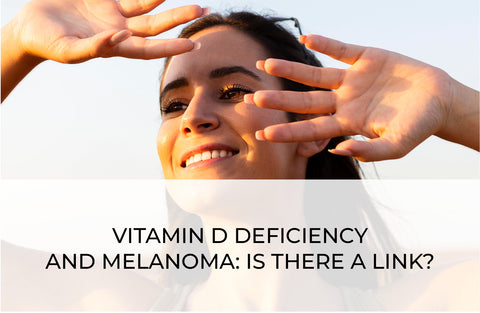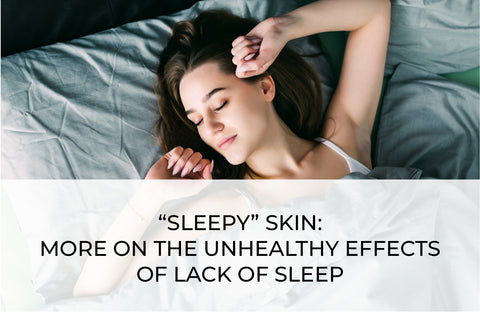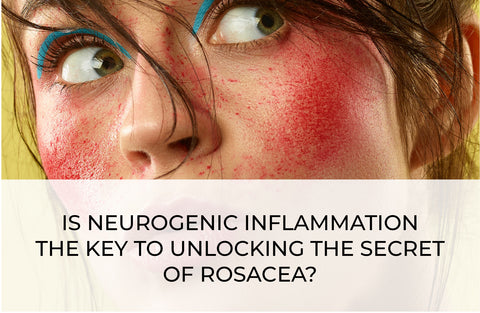MYCOSPORIN-LIKE AMINO ACIDS: UNIQUE NATURAL DEFENDERS OF OUR SKIN

Mycosporin-like amino acids (MAAs) are a group of low-molecular-weight secondary metabolites produced by various organisms, including cyanobacteria, algae, fungi, and invertebrates living in ecosystems with high solar radiation levels. Chemically, MAAs are cyclic compounds containing a cyclohexenone or cycloheximide chromophore group linked to an amino acid or amino alcohol. Their unique structure allows them to absorb UV radiation in the 310-360 nm range with high molar absorption.
The diversity of MMA structures leads to variations in their absorption spectrum and photoprotective properties. In nature, MMAs protect against ultraviolet (UV) radiation, which can damage DNA and other cellular components. Their concentration in the cell depends on UV intensity, depth, and other environmental factors. In addition to photoprotection, MAAs have different functions, including antioxidant activity and protection against other stressors.
Scientific studies have proven that MAA effectively protects the skin from UV damage. Some studies have shown that MAA exhibits antioxidant and anti-inflammatory properties in addition to its ability to absorb UVA. In addition, some MAAs can stimulate cell proliferation and skin regeneration processes.
Due to their unique combination of protective properties and high level of safety, MAAs are of great interest in the cosmetic industry as an alternative to synthetic UV filters and as substances that can provide comprehensive protection against various external aggressive factors, including particulate matter and dust. MMA can be used in sunscreens and cosmetics to care for sensitive and damaged skin.
Some of the best-known MMA-based cosmetic ingredients include the following:
- Helioguard®365: extract of MMA (Porphyra-334 (PR) and Shinorine (SH)) from the red alga Porphyra umbilicalis; positioned as an anti-photo-aging component.
- Helionori®: This product contains MAAs such as Palythine (PI), Porphyra-334 (PR), and Shinorine (SH) as sunscreen ingredients. It is also used in sunscreen formulations and anti-pollution products.
A limitation of the widespread use of MMAs is the difficulty in obtaining them from natural sources. MAAs are very soluble in both water and various organic solvents. Still, their content in living organisms is relatively low, making extracting and purifying high-purity MAAs quite challenging. On the one hand, thanks to a comprehensive understanding of the MAA biosynthesis pathway, large-scale production by heterologous expression (obtaining large amounts of a particular protein or other product of a given gene using genetically modified organisms that do not usually produce that protein naturally) is becoming a reality. On the other hand, developing efficient and convenient methods for extracting and purifying high-purity MAA from algal raw materials is an urgent technical problem that needs to be solved.
Further research on MAA biosynthesis, efficient methods for large-scale production, and standardization are essential for developing this field. Future work should focus on optimizing the biosynthesis and production of MAA, enabling the development of more effective and personalized natural sunscreens and other biocosmetic products.
References:
Rosic N., Climstein M., Boyle G.M., et al. Exploring mycosporin-like amino acid uv-absorbing natural products for a new generation of environmentally friendly sunscreens. Mar Drugs. 2023; 21(4): 253.


